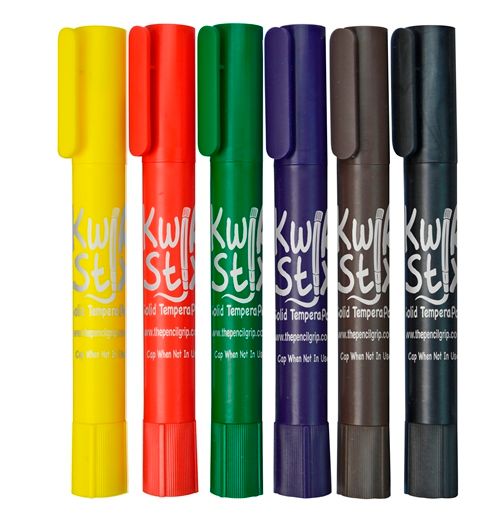

From a selection of titles, I decided to request a book from the Heroes of History series, Heroes of History- Douglas MacArthur.

In mid-April I received a paperback edition of Douglas MacArthur - No Greater Honor in addition to a digital download package the Douglas MacArthur - No Greater Honor Unit Study Curriculum Guide in a zip file. There were choices for Classroom, Homeschool, and Small Group studies. The zip file contained Part 1, the Unit Study; Part 2, with fact sheets and mapping exercises, and intended sections of "Meet the Authors" and "Reader Reviews" which weren't functional yet. (When the materials were sent to the Crew Reviewers, YWAM had not finished everything yet.)
I found the zip-file method confusing. I was referring to the Unit Study on my computer rather than printing it out and I kept losing the materials on my computer. I finally figured it out and got the files saved where I wanted them.
So I dug in and started reading General MacArthur. I had had a vague sense that Gen. MacArthur was someone important in World War II, but as I began reading I figured I must have been confused. Douglas MacArthur was born in 1880. My Dad, who served in World War II, was born in 1925, so MacArthur was 45 years older than my dad. Military personnel can retire after 20 years, so I figured I just had remembered incorrectly.
It was fun reading about the life of Douglas MacArthur. Born an Army "brat", he was living in Texas at the beginning of the book, in an era where horses were the primary mode of transportation. Growing up, he had a strong desire to attend West Point, and from there go into the Army as an officer. My almost-adult son plans to attend college to become an officer in the Air Force, so this was hitting very close to home. MacArthur went through hardships and additional years of preparation in order to qualify to get into West Point. His story reminded me of my father-in-law's story, who had to attend an academy-preparatory school after high school in order to qualify to get into the Naval Academy in 1948. I don't think my son would be willing to do extra years of schooling and preparation in order to get into one of the military academies!
MacArthur graduated from West Point and began his military career in 1903 and was assigned to the Philippines as a member of the Corps of Engineers. The Corps built an important dock, and they were to seek out local Guerrilla rebels. The second task almost ended badly, as a rebel bullet fired at MacArthur came so close as to leave a hole in his cap! After his time in the Philippines, Douglas had to battle his way back to health from a bad case of malaria, with relapses.
I see this is becoming verbose, and I don't want to reveal the entire contents of the book here in this post. To clarify, though, about my earlier confusion, MacArthur was, indeed, a big deal in World War II, as well as in World War I, not to mention the Korean War! His military career spanned over five decades! So my initial understanding of who he was was not incorrect, it was just incomplete. He was very active, very decorated, and ultimately a 5-star general.
MacArthur's role in World War II in the Philippines brought back to my memory that my World War II veteran step-father fought in the Philippines, no doubt under General MacArthur. Unfortunately he died eleven years ago, so now that I would have better understood his role in the South Pacific campaign, I am not able to ask him about it.
For many of my readers, the life of General Douglas MacArthur, 1880 to 1964, is "ancient" history. I remember in my childhood not understanding why World War II was such a "big deal" to my dad. Now, though, I think about 13 years ago and how, even though that is a long time, it still seems like only yesterday. Well, the European campaign of World War II (where my dad served) had ended only 13 years before I was born, and my dad had only been out of the Army for 9 years. For him it was "only yesterday", and for me it was from before I was born.
I was alive when MacArthur lived. I was born under the Presidency of Dwight D. Eisenhower. Reading this book was very enlightening and very educational. While this book is written for approximately ages 9-12, I'm glad I got to read it as an adult.
The Unit Study material will be very helpful for you when working through Douglas MacArthur in your home school. The 84-page study guide is separated into eight chapters, with three appendices as follows:
Introduction
Chapter 1: Key Quotes
Chapter 2: Display Corner
Chapter 3: Chapter Questions
Chapter 4: Student Explorations
Chapter 5: Community Links
Chapter 6: Social Studies
Chapter 7: Related Themes to Explore
Chapter 8: Culminating Event
Appendix A: Books and Resources
Appendix B: Answers to Chapter Questions
Appendix C: Social Studies Reproducibles
Key Quotes has lots of famous quotes from many people and these quotes are suitable for copywork and memorization. Display Corner suggests ways students can collect era-related memorabilia and keepsakes. Chapter Questions, Chapter 3, have their related answers in Appendix B.
Student Explorations gives many ideas for essay questions, creative writing, hands-on projects, audio visual projects and so much more, giving real meaning to the term "Unit Study". Community Links talks about finding meaningful field trips to accompany the unit study.
Related Themes talks about more ways to expand the unit study. Culminating event... Well, I don't give out spoilers. Appendix A is for more study, and Appendix C was sent as a separate file. It includes a notebooking page, maps to reproduce, and a timeline.

















